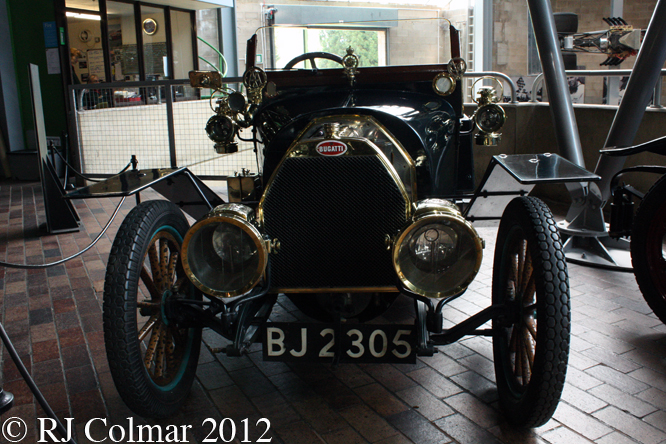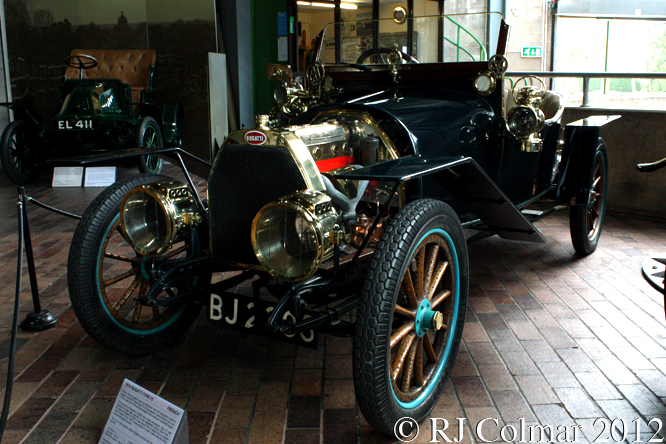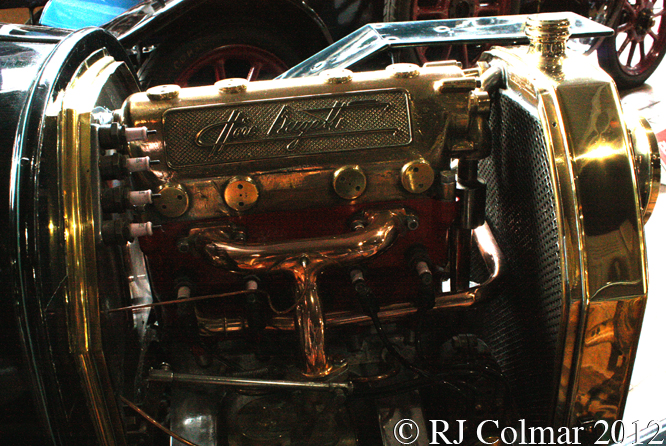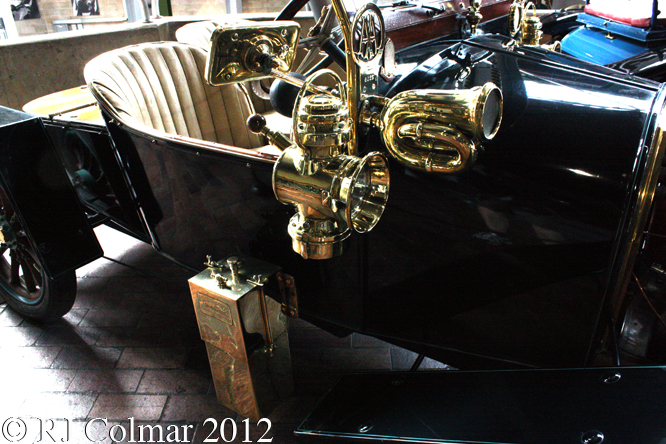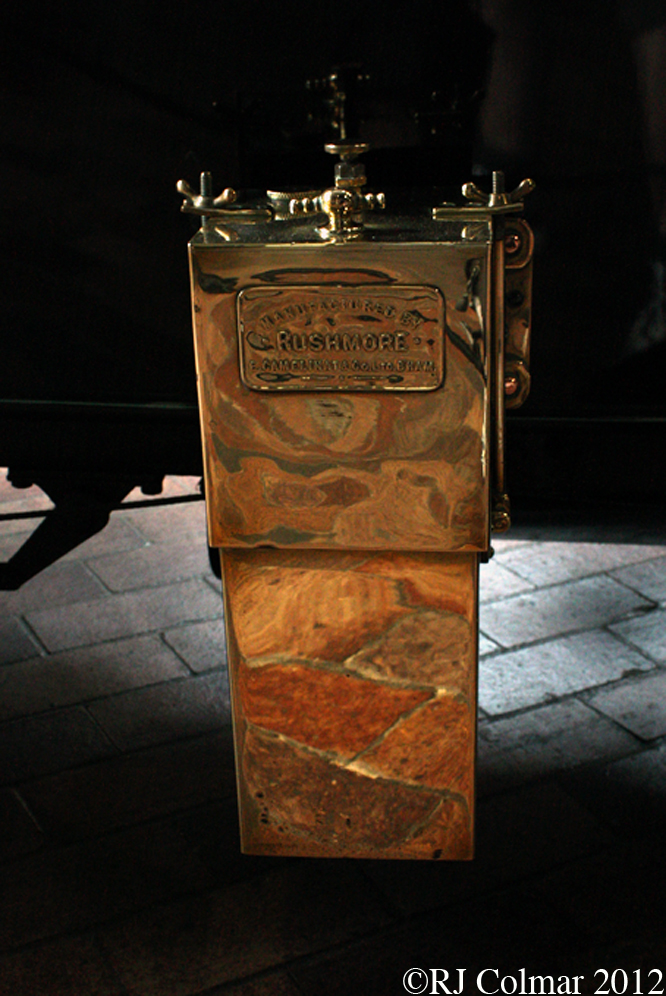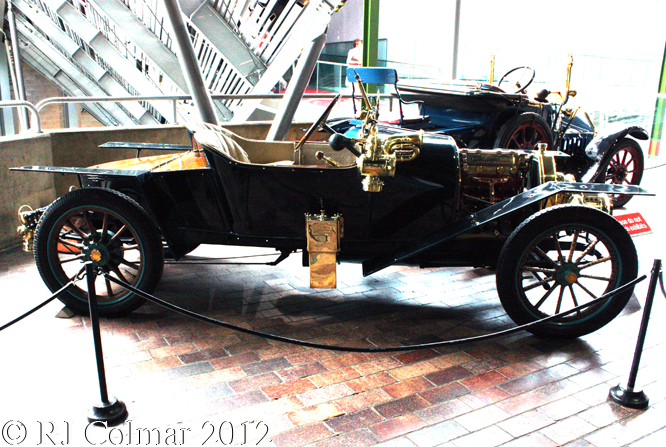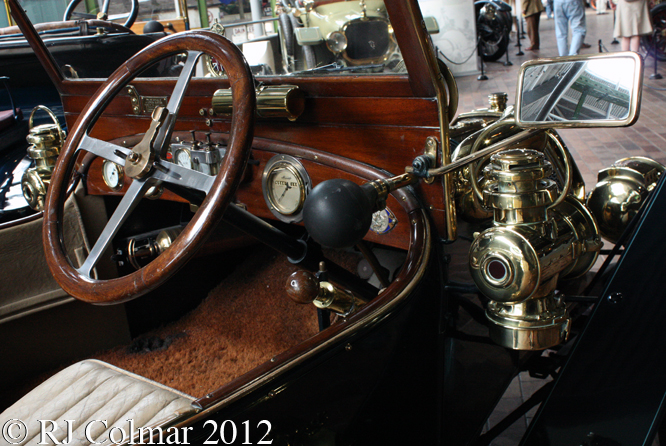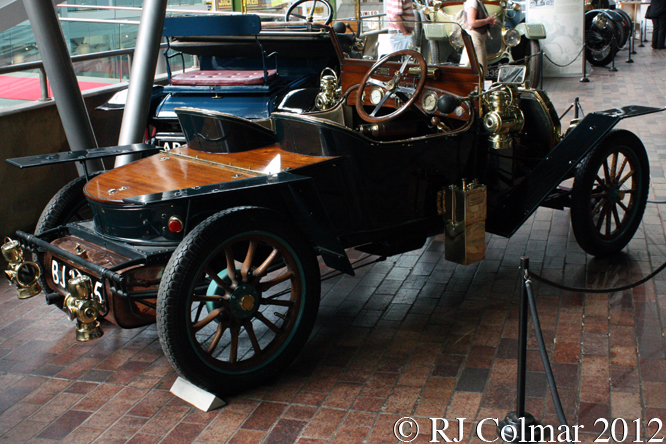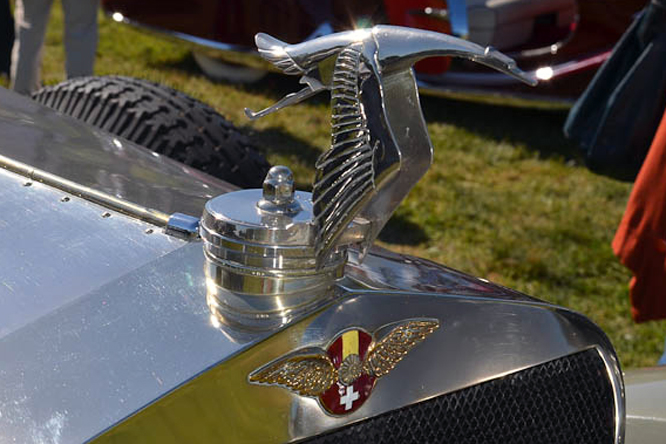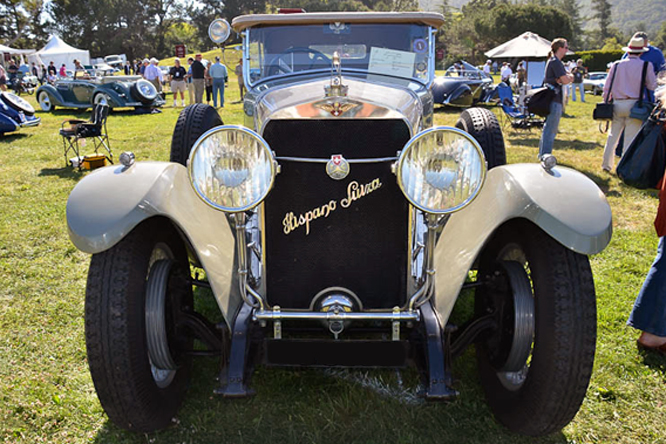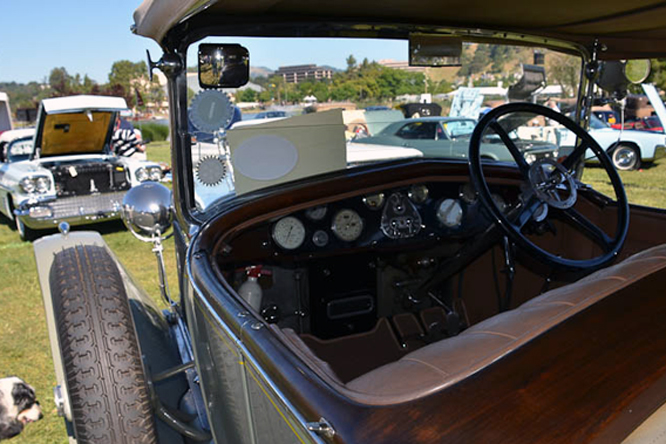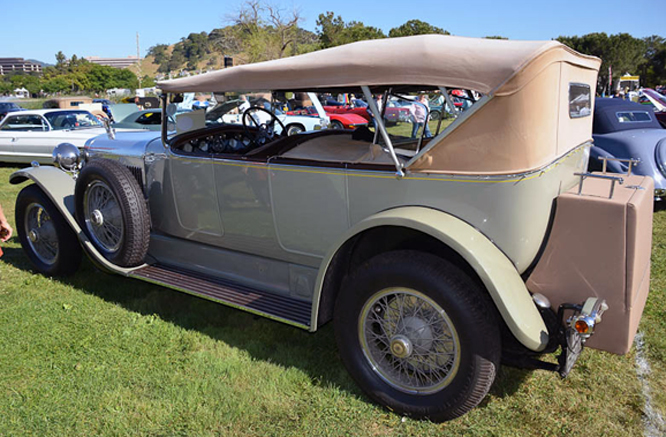Giovanni, better known as Hans, and Fritz Schlumpf were born in Italy in 1904 and 1906 respectively before there Swiss father. an accountant, and Alsatian mother Jeanne Becker resettled in Mulhouse, Alsace then under German rule.
Hans became a banker and Fritz a wool broker before going into business together in 1929 founding SAIL a public limited company in 1935 which began acquiring shares and later a controlling interest, in the Malmerspach spinning mill before managing takeovers of further textile manufacturing businesses.
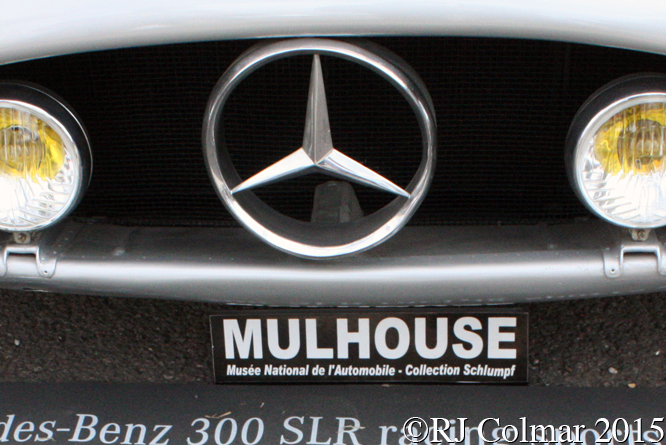
On the 28 June 1976 the Schlumpf Brothers had to file for bankruptcy with the loss of 2,000 jobs, just as another Schlumpf pet project is about to come to fruition unbeknownst to the laid off workers.
Nine month’s after the loss of their jobs members of the CFDT union discovered that the Schlumpf brothers had converted one of their old textile mills in to a 17,000 sq meter / 182986 sq foot museum, due to open shortly after the brothers filed for bankruptcy, containing over 400 vehicles mostly Bugatti’s and only a few other European makes, including to day’s featured 1955 Mercedes Benz 300 SLR no.5, which were laid out along immaculate gravel avenues of lights separated by tiled walk ways.
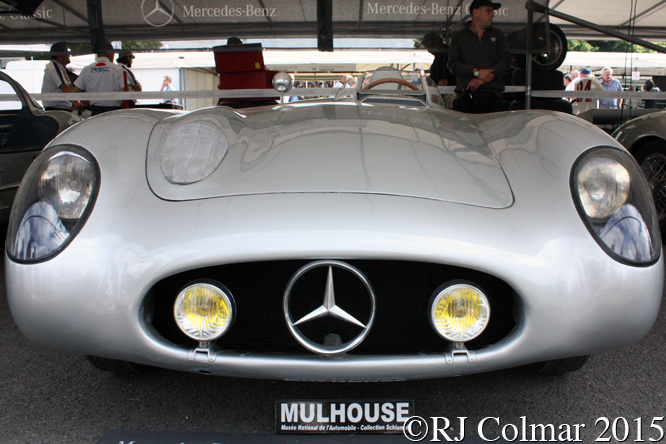
Naturally the former Schlumpf employees did not take kindly to the appearance of being paid a pittance while the brothers employed a staff including seven assistant mechanics, two upholsterers, two body-work specialists, an assistant body-work specialist and five painters many of whom were former employees of Bugatti, another business based in Mulhouse that had ground to a halt in the 1950’s, to maintain and indeed restore to their former glory so many cars, not all of which were acquired in pristine condition.
After occupying the factory and apparently holding the Schlumpf brothers hostage for 3 days the French Government negotiated the brothers exile to Switzerland and declared their Collection of national cultural significance ensuring it would not be broken up nor sold abroad and founded the what today has become La Cité de l’Automobile – National Museum – Schlumpf Collection in Mulhouse with various national and regional private and public bodies eventually reimbursing the brothers and presumably their creditors to the tune of 69 million francs.
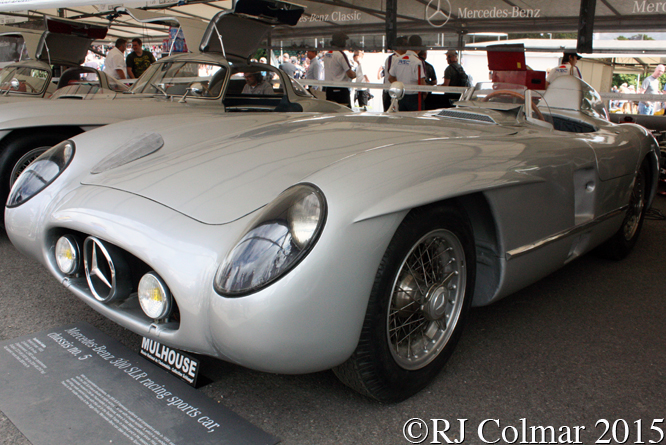
Just how the Schlumpf brothers managed to acquire 300 SLR no.5 in 1966 remains a mystery, at least one source reckons it was “probably” traded for a fabled W196 Grand Prix car of the same vintage, which only begs the question how did the Schlumpf brother obtain a W196, because Mercedes Benz have been quite meticulous in holding onto their post war racing heritage.
# no.5 has a three race history, it started the 1955 Mille Miglia at 7:01 am with Karl Kling at the wheel who like Juan Manuel Fangio who started at 6:58 attempted to drive the route solo, however he never made it to the finish of the 1,000 race after crashing out.
Juan and Karl drove # no.5 to a second place finish on the in the Tourist Trophy at Dundrod and according to Mercedes Benz the same pairing finished second, to chassis #no.4 driven by Moss and Collins, driving the same car on the Targa Florio where the team secured victory in the 1955 World sports car championship over Ferrari who scored one victory and Jaguar who scored two victories.
Thanks for joining me on this “The One That Escaped” edition of “Gettin’ a li’l psycho on tyres” I hope you will join me again tomorrow when I’ll be looking at a Donnet. Don’t forget to come back now !


